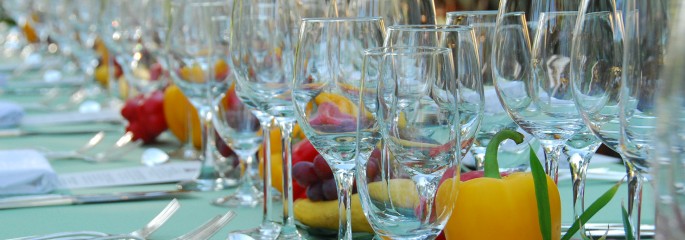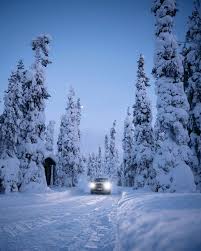Stamp: Happy New Year (self-adhesive) (France 2001)
Happy New Year (self-adhesive) (France 2001)
12 November (France ) within release Christmas and Newyear goes into circulation Stamp Happy New Year (self-adhesive) face value 3 French franc
| Stamp Happy New Year (self-adhesive) in catalogues | |
|---|---|
| Yvert et Tellier: | Yt:FR 3439 / A31 |
| Michel: | Mi:FR 3574 |
Stamp is horizontal format.
Also in the issue Christmas and Newyear:
- Booklet - happy New Year face value 10*3;
- Stamp - Happy New Year (self-adhesive) face value 3;
- Stamp - Happy New Year (regular gum) face value 3;
- Stamp - Happy New Year (self-adhesive) face value 3;
Stamp Happy New Year (self-adhesive) it reflects the thematic directions:
Special Occasions
A festival is an event celebrated by a community and centering on some characteristic aspect or aspects of that community and its religion or cultures. It is often marked as a local or national holiday, mela, or eid. A festival constitutes typical cases of glocalization, as well as the high culture-low culture interrelationship. Next to religion and folklore, a significant origin is agricultural. Food is such a vital resource that many festivals are associated with harvest time. Religious commemoration and thanksgiving for good harvests are blended in events that take place in autumn, such as Halloween in the northern hemisphere and Easter in the southern.
Snow comprises individual ice crystals that grow while suspended in the atmosphere—usually within clouds—and then fall, accumulating on the ground where they undergo further changes. It consists of frozen crystalline water throughout its life cycle, starting when, under suitable conditions, the ice crystals form in the atmosphere, increase to millimeter size, precipitate and accumulate on surfaces, then metamorphose in place, and ultimately melt, slide or sublimate away.
The New Year is the time or day at which a new calendar year begins and the calendar's year count increments by one. Many cultures celebrate the event in some manner. In the Gregorian calendar, the most widely used calendar system today, New Year occurs on January 1 (New Year's Day, preceded by New Year's Eve). This was also the first day of the year in the original Julian calendar and the Roman calendar (after 153 BC)



